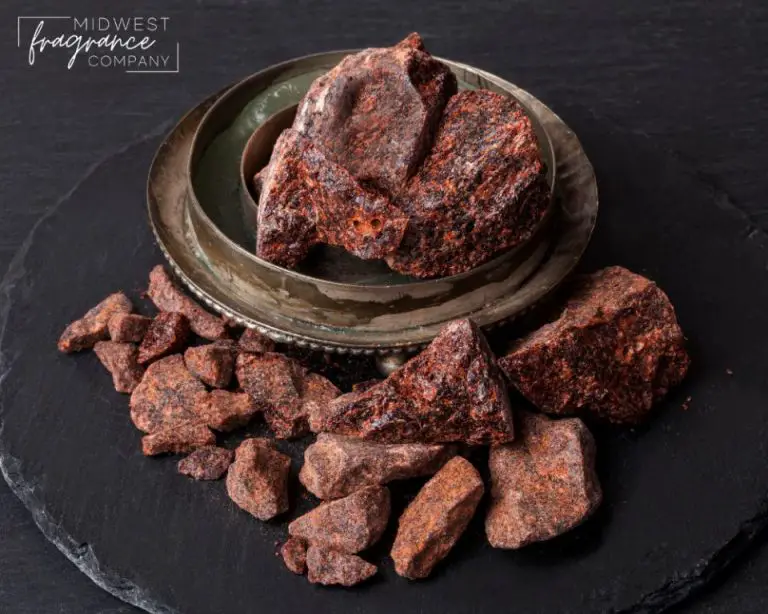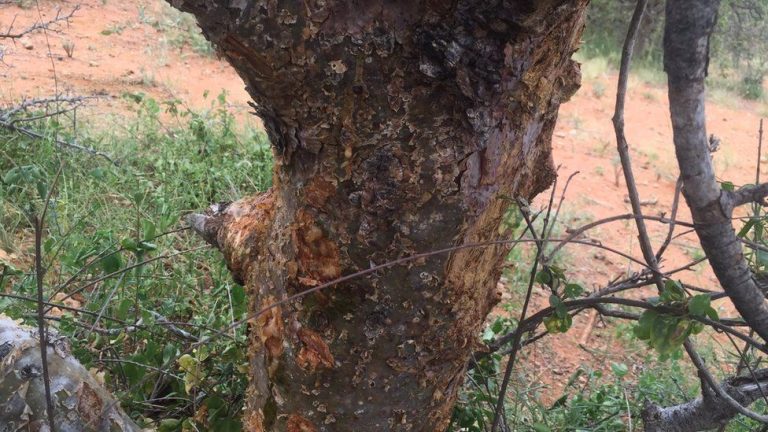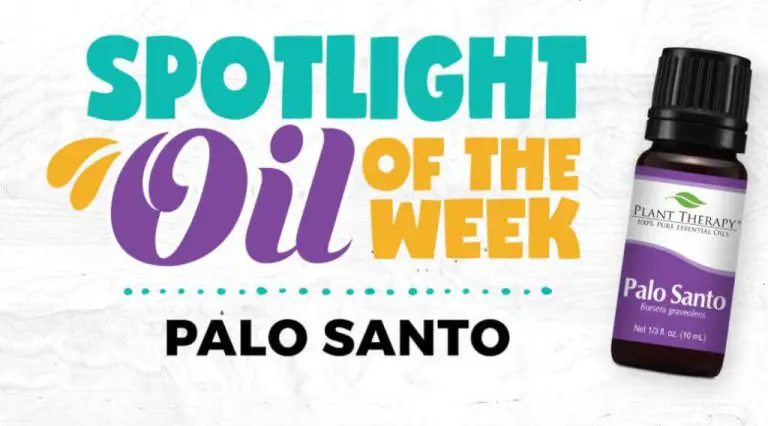Is It Ok To Smell Lily Of The Valley?
The Sweet Scent and Meaning of Lily of the Valley
The lily of the valley is a beloved flower known for its delicate, sweet scent. Its nodding bell-shaped blooms evoke images of springtime and new beginnings. But is it safe to smell this intoxicating flower? In this article, we’ll explore the cultural significance, fragrance composition, potential benefits, and safety precautions for enjoying the lily of the valley.
Description of Lily of the Valley
Lily of the valley (scientific name: Convallaria majalis) is a fragrant flowering plant that is native to Asia, Europe, and North America. It grows low to the ground and forms clumps of delicate green leaves along creeping rhizomes. The foliage typically grows 15-30 cm tall. Small, nodding, bell-shaped white flowers bloom on stalks in late spring. The flowers have a sweet, fresh fragrance. Each flower is around 8-10 mm long and composed of six tepals in a tubular shape. After flowering, red berries may form which are poisonous to humans.
Lily of the valley thrives in partially shaded habitats, particularly in woodland areas and along stream banks. It prefers moist, humus-rich, well-drained soils. The plant spreads readily via underground rhizomes and can form large colonies in ideal growing conditions. It is a common garden flower in many parts of the world, but has also become an invasive weed in some regions where it was introduced outside of its native range. Its scientific name Convallaria majalis comes from the Latin words for valley (convallis) and May (Maius), together meaning “lily of the valley.”
Sources:
https://plantsale.weebly.com/store/p15/Lily_of_the_Valley.html
https://flowers.avasflowers.net/avasflowers-wiki/lily-of-the-valley
Traditional and cultural uses
Lily of the valley has long held significance in various cultures and religious ceremonies. The flower’s pure white color and sweet fragrance have made it a popular symbol of purity and innocence.
In Western cultures, lily of the valley is frequently used in wedding bouquets and decor due to its meaning of sweetness and happiness in marriage (Source 1). The flower is also associated with springtime renewal and fertility.
In Christianity, lily of the valley is known as Our Lady’s Tears or Mary’s Tears, representing the Virgin Mary’s sorrows. The flower is a traditional part of religious ceremonies in some denominations (Source 2).
In folklore, lily of the valley has represented good luck, prosperity, trust, and purity. It has traditionally been incorporated into celebrations, rituals, myths, and stories across many cultures.
Fragrance and chemical composition
Lily of the valley is prized for its light, sweet floral fragrance, which has been described as reminiscent of spring. The fragrant components are produced in the small bell-shaped flowers. The most abundant aroma compounds are citronellol, geraniol, nerol, and linalool, which give the flowers their characteristic rosy-citrusy scent.
The fragrance of lily of the valley also comes from volatile oils called coumarins. These are organic plant compounds that act as natural odorants andflavoring agents. The main coumarins in lily of the valley are hydroxycoumarin, methoxycoumarin, and dihydrocoumarin. These compounds complement the floral notes provided by the terpenes to create the plant’s unique and evocative fragrance.

Potential benefits of smelling
Aromatherapy practitioners claim that smelling the fragrance of lily of the valley can provide certain health benefits. The sweet, floral scent is thought to have a positive effect on mood, relaxation, and stress relief.
According to Beverly Hills Florist (https://beverlyhillsflorist.com/blogs/blog/the-benefits-of-smelling-flowers), smelling flowers like lily of the valley can help reduce stress levels and induce calmness. The fragrance is said to have a soothing and uplifting effect that makes people feel more positive. Smelling lily of the valley may also help relieve anxiety and depression symptoms.
Furthermore, the scent of lily of the valley is thought to stimulate the limbic system, the part of the brain responsible for emotions (https://foodnheal.com/smelling-flowers/). This can create a sense of pleasure, comfort, and optimism. The floral aroma may also help lower blood pressure and heart rate.
Risks and safety concerns
Lily of the valley contains certain compounds, like convallatoxin, that can be dangerous if ingested or used excessively. The ASPCA lists lily of the valley as toxic to both cats and dogs.[1] Consuming even small amounts may lead to side effects like vomiting, low heart rate, disorientation, and seizures. Skin contact with lily of the valley can also sometimes cause irritation, rashes, or burning in sensitive individuals.[2]
While the risks are low with typical household use, it’s important to keep lily of the valley away from children and pets who may try to eat the plant. It should not be ingested. Certain compounds may also cause skin irritation in some people, so handle cut flowers carefully and wash hands after touching the plant.
Recommended safety precautions
While the fragrance of lily of the valley is pleasing, ingesting or handling the plant does come with some risks. According to Gardening Know How, all parts of the lily of the valley plant contain potentially toxic cardiac glycosides that can affect heart function if ingested. To enjoy the scent safely, it’s recommended to:
- Avoid ingesting any part of the live plant or flowers
- Wash your hands thoroughly after touching or handling lily of the valley
- Wear gloves when gardening or handling cut flowers
- Keep plants and cut flowers away from small children and pets
- See a doctor immediately if any part of the plant is ingested
Taking proper precautions allows you to safely enjoy the sweet, fresh fragrance of lily of the valley flowers.
Sustainable Sources
When sourcing lily of the valley, it’s important to buy from reputable growers that use sustainable practices. Look for plants that are organically grown or pesticide-free. Many nurseries and garden centers now offer sustainably grown options.
Buying potted plants, rather than dug from the wild, helps protect native habitats. Reputable growers often propagate lily of the valley sustainably through tissue culture or dividing rootstock. This avoids depleting wild populations.
If buying online, research the nursery’s growing practices. Select sellers that focus on sustainable propagation without chemicals. Local garden centers may also have good options sourced responsibly from regional growers.
Growing lily of the valley from seed can be an eco-friendly option. Use organic practices and non-invasive cultivars suited to your climate. With care, home gardeners can produce their own sustainable supply.
Overall, being a mindful consumer helps preserve lily of the valley for future generations. Seek out conscientious growers using earth-friendly cultivation methods.
Alternatives for fragrance
For those looking for alternatives to lily of the valley for fragrance, there are some safer, natural options to consider.
Essential oils like lavender, rose, and jasmine can provide similar light, floral scents while being non-toxic if used properly. Always dilute essential oils and perform a skin test before widespread use (source: https://www.ecco-verde.com/categories/flowery).
Other non-toxic flowers like rose, jasmine, tuberose, and gardenia can also be used to naturally scent products. Extracts and fragrances made from these flowers capture their delicate essence in a safe way (source: https://www.synthite.com/synthite/our-products/Industrial-Products-By-Category/Floral-Extracts). Look for trusted, high-quality floral extracts when using flowers for fragrance.
In general, natural essential oils and floral extracts provide safer and sustainable fragrance alternatives compared to synthetic fragrances.
Conclusion
When handled responsibly, smelling the fragrant blooms of lily of the valley can be an enjoyable sensory experience. The sweet, floral scent evokes feelings of springtime and can provide a moment of calm or lift one’s mood. However, it’s important to be aware of potential toxicity if ingested and take safety precautions, like washing hands after contact. The safest option is to smell garden-grown or sustainably wildcrafted lily of the valley, avoiding synthetic fragrances. With proper care and moderation, the uplifting aroma of lily of the valley can be appreciated safely.
In the end, smelling lily of the valley with wisdom brings little risk and potentially great sensory rewards. With some mindfulness, we can revel in nature’s fleeting fragrances. Our sense of smell connects us to the beauty of the natural world, if we stop and breathe it in.





